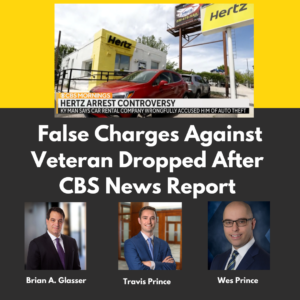Perhaps nothing is more nerve-wracking while traveling on the road than maneuvering around a large 18-wheeler or tractor-trailer. According to the National High Traffic Safety Administration, in 2021 there were a total of 523,796 large truck accidents in the United States. National Trailer Safety Week is an opportunity to spread awareness of the proper use of trailers and how to minimize danger on the road when driving near tractor-trailers and other towed trailers.
Below are a few tips to remember when driving near large trucks to minimize the danger of a trucking accident:
1. Stay out of blind spots – Large trucks have huge blind spots around the front, back, and sides of the vehicle. If you cannot see the driver in the truck’s side mirrors, assume they cannot see you.
2. Pass safely and don’t cut it too close – Make sure you can see the driver in the truck’s side mirror before passing and be sure to use your vehicle’s signals.
3. Anticipate wide turns – Trucks require more turning room and may often swing wide or initiate a turn from the middle lane.
In this short video, Bailey Glasser partner, Sam Hrko, discusses how our team of Personal Injury lawyers can help you after a trucking accident. From investigating the underlying factors contributing to the accident, to protecting your rights against big trucking companies, our experienced attorneys understand the laws and regulations that apply to the trucking industry. We are known for our blue-collar work ethic and tireless effort to fight for our client’s best interests. Remember that if a disaster ever strikes you or your family, the attorneys at Bailey Glasser are here when you need us most.
To learn more about our Catastrophic Personal Injury services, visit here.
And to learn more about Sam Hrko’s personal injury experience, visit here.
#TrailerSafetyWeek #BaileyGlasser #TruckingAccidents #TractorTrailer #PersonalInjuryLawyers

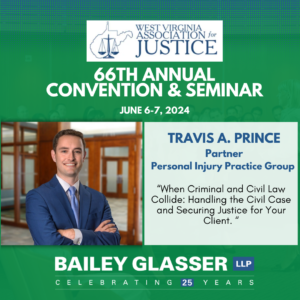 BG partner,
BG partner, 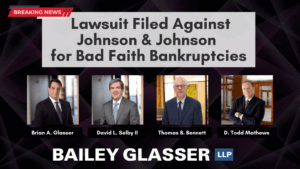
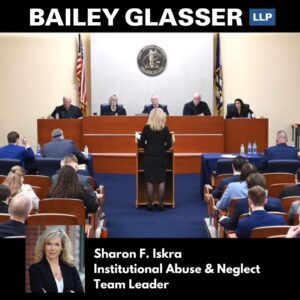
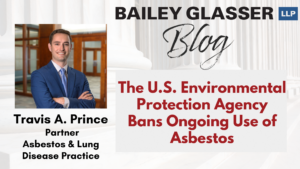 On March 18, 2024, the United States Environmental Protection Agency (EPA) announced a final rule prohibiting the use of chrysotile asbestos, the last remaining type of asbestos that was being used and imported into the United States. Considering that asbestos is a known carcinogen that is already banned in more than fifty (50) countries, this is a monumental announcement that is long overdue.
On March 18, 2024, the United States Environmental Protection Agency (EPA) announced a final rule prohibiting the use of chrysotile asbestos, the last remaining type of asbestos that was being used and imported into the United States. Considering that asbestos is a known carcinogen that is already banned in more than fifty (50) countries, this is a monumental announcement that is long overdue. March is Brain Injury Awareness Month. Traumatic Brain Injuries (an injury also known as a “TBI”) can occur in many ways – through sports, a car accident, a simple fall, or from an assault. In the military, one statistic from the Department of Defense estimated that close to 500,000 service members have suffered some degree of TBIs between 2000 and 2023.
March is Brain Injury Awareness Month. Traumatic Brain Injuries (an injury also known as a “TBI”) can occur in many ways – through sports, a car accident, a simple fall, or from an assault. In the military, one statistic from the Department of Defense estimated that close to 500,000 service members have suffered some degree of TBIs between 2000 and 2023. 